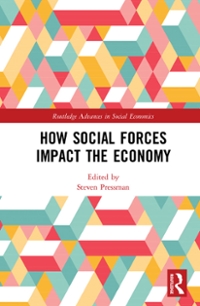Question
Consider the following experiment that involves asking a person two questions. Question 1: Choose between two lotteries: A. Win $6000 with 80% chance and win
Consider the following experiment that involves asking a person two questions. Question 1: Choose between two lotteries:
A. Win $6000 with 80% chance and win nothing with 20% chance;
B.Win $3000 with certainty. Question 2: Choose between two lotteries:
C. Win $6000 with 20% chance and win nothing with 80% chance;
D.Win $3000 with 25% chance and win nothing with 75% chance. Suppose 100 people were asked with these two questions.
For Question 1, 20 people chose A and 80 chose B;
For Question 2, 65 chose C and 35 chose D. So at least 80% 65% = 52% people preferred B over A and at the same time preferred C over D. Show that this preference relation cannot be represented by any utility function that has the expected utility property.
Step by Step Solution
There are 3 Steps involved in it
Step: 1

Get Instant Access to Expert-Tailored Solutions
See step-by-step solutions with expert insights and AI powered tools for academic success
Step: 2

Step: 3

Ace Your Homework with AI
Get the answers you need in no time with our AI-driven, step-by-step assistance
Get Started


